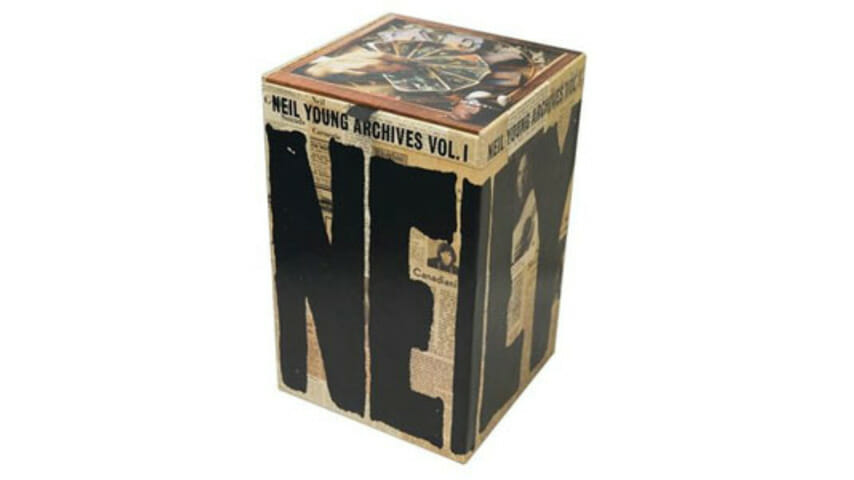Neil Young: Archives Vol. 1 (1963-1972)

Everybody knows this is a scam
“Cough up the bucks,” Neil Young sings on his latest album Fork in the Road, which is exactly what you have to do to purchase his mammoth, 10-disc Archives Vol. 1 (1963-1972). The DVD version will set you back $200; the Blu-ray version $300. So much for free love, or free anything.
For more than 20 years, Young has promised that this music would eventually be made available. Like Bob Dylan and Van Morrison, he’s left entire albums in the vault, and has played dozens of tantalizing songs in concert that have never been released. Archives Vol. 1 (1963-1972) is the first in what promises to be a series of exhaustive (and perhaps exhausting) box sets that chronicles a musical legacy stretching back almost 50 years.
-

-

-

-

-

-

-

-

-

-

-

-

-

-

-

-

-

-

-

-

-

-

-

-

-

-

-

-

-

-

-

-

-

-

-

-

-

-

-

-








































